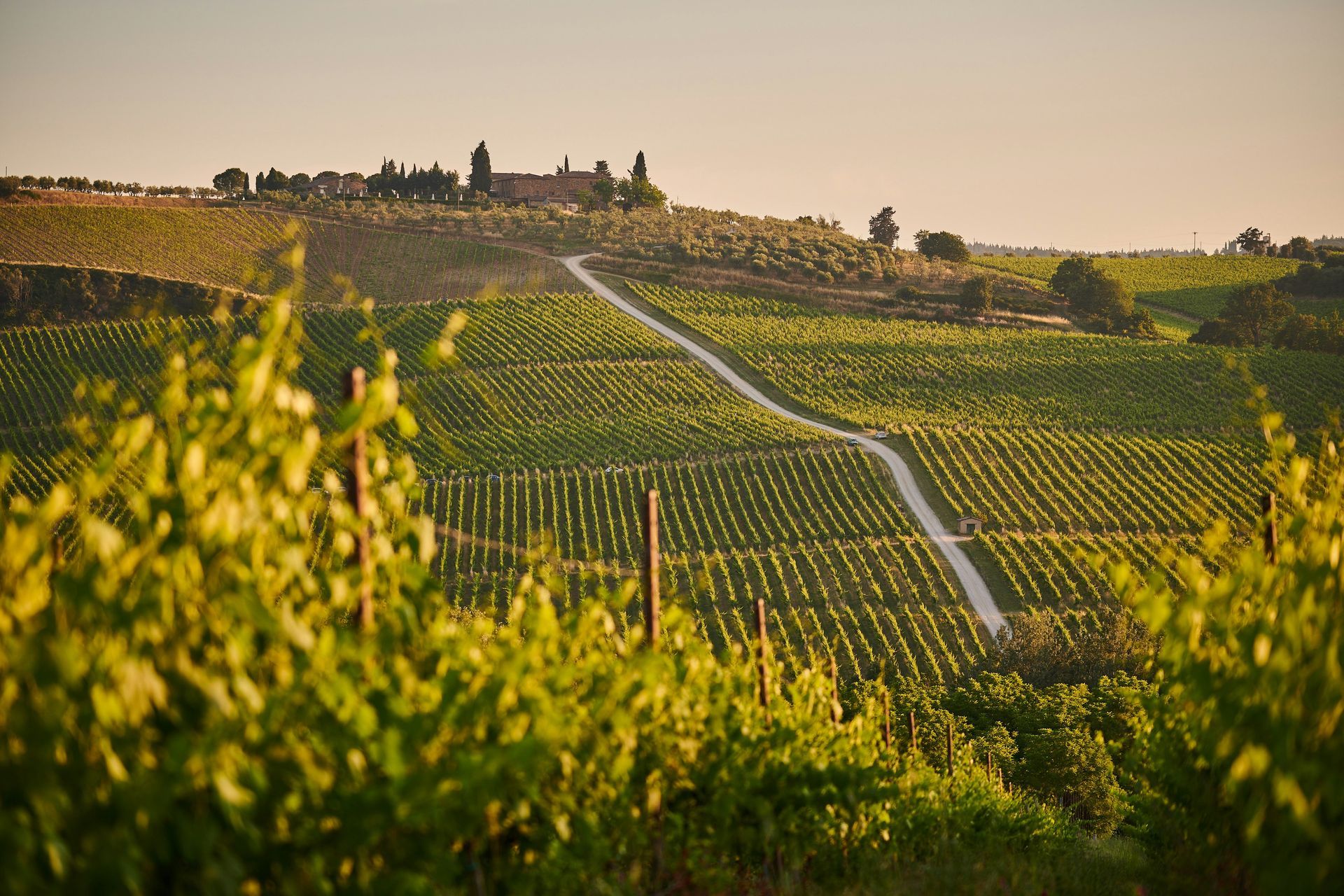Labor exploitation in EU agriculture: A persistent challenge
In July 2025, a French court in Châlons-en-Champagne delivered a landmark ruling in a case that drew attention far beyond the borders of France. Three employees of a labor-supply firm called Anavim were convicted of human trafficking in connection with the exploitation of dozens of seasonal workers during the 2023 Champagne grape harvest.
The court found that at least 57 mostly undocumented workers—from countries including Mali, Mauritania, Senegal, Ivory Coast, and Ukraine—were housed in deplorable conditions in the village of Aÿ. They slept in overcrowded, dilapidated accommodations with blocked toilets, no running water, and exposed electrical wiring. Some were forced to sleep in vans. They worked up to 13 hours a day with minimal breaks, lacked proper food or hygiene, and were subjected to threats when requesting rest or water.
The convicted included Anavim’s Kyrgyz director, a Georgian national, and a French employee. All received prison sentences—partially suspended—and were ordered to pay €4,000 to each victim, in addition to the dissolution of the company.
One of the wine cooperatives that employed Anavim’s workers was also fined €75,000 for its role in the abuse.
For the first time, the Comité Champagne—the body representing more than 16,000 producers and 370 champagne houses—joined the trial as a civil party, acknowledging the reputational and ethical stakes for the industry.
This case—dubbed the “grape harvest of shame” in French media—is not an isolated incident. It exemplifies systemic problems in the EU’s agricultural labour system, where migrant workers face widespread exploitation, often with little accountability.

Exploitation rooted in structure
Across the EU, agriculture depends heavily on seasonal and migrant workers. Estimates suggest that around 2.4 million migrants are employed in the sector, making up approximately one-quarter of the agricultural labor force. Many of these jobs are informal or precarious, with workers lacking contracts, legal protections, or the ability to change employers.
The ILO estimates that over 60% of EU agricultural workers may be in informal employment. Subcontracting is common, and unscrupulous intermediaries often act with impunity—particularly when employing workers with irregular migration status or limited knowledge of their rights.
Workers may be underpaid, denied proper accommodation, or subjected to threats and coercion. The conditions documented in the Champagne case mirror findings from across Europe: long hours, sub-minimum wages, unsafe housing, withheld identity documents, and isolation.
Repeated patterns across the EU
In Italy, the use of illegal labor intermediaries, known as caporali, remains pervasive despite legal reforms. Trade unions estimate that as many as 420,000 workers—most of them migrants—work in Italian agriculture under exploitative or illegal conditions. In 2024, public outrage followed the death of Satnam Singh, a 31-year-old Indian worker whose arm was severed in a field accident and who was then abandoned by his employer.
Spain has also seen significant exploitation. In 2023 alone, Spanish police dismantled over 100 criminal groups and freed hundreds of workers from abusive farm operations. In Aragón, 43 African migrants were found living in unsanitary conditions, working 10 hours a day without contracts, and receiving as little as €150 per month.
In Portugal, a November 2023 operation freed more than 100 exploited workers and led to the arrest of 28 individuals linked to trafficking and extortion. The victims, from Eastern Europe, South Asia, and Africa, were promised decent jobs but paid between €100 and €250 a month after illegal deductions and were housed in inhumane conditions.
In Greece, the 2013 shooting of Bangladeshi strawberry pickers led to a landmark ruling by the European Court of Human Rights, and while reforms followed, recent cases—including the rescue of Nepali farmworkers in 2024—indicate that such abuse persists.
Even in Northern Europe, such as Sweden and Finland, thousands of seasonal berry pickers from Thailand have reported exploitative recruitment practices, including excessive working hours and debts incurred to secure jobs.
EU policy tools: strong on paper, mixed in practice
At the EU level, several frameworks address labour exploitation. Directive 2011/36/EU requires member states to criminalise trafficking and protect victims. The 2014 Seasonal Workers Directive sets out minimum rights for non-EU seasonal workers.
Most recently, the EU adopted Regulation (EU) 2023/2465, which will prohibit the sale of products made with forced labour—including goods produced inside the EU. Set to apply in full from December 2027, the regulation introduces mechanisms for market withdrawal, risk-based investigations, and enforcement by national authorities.
Additionally, the European Labour Authority (ELA) has coordinated cross-border inspections. In a major 2022 operation led by France and involving 16 countries, authorities inspected over 4,000 agricultural sites and identified 874 exploited workers, 353 of whom were likely victims of trafficking.
However, implementation remains inconsistent. Labor inspectorates are often under-resourced, particularly in rural areas. Victims rarely file complaints due to fear of deportation or reprisal. Convictions for trafficking in the agricultural sector remain rare across most member states.
The French case shows that accountability is possible. But in a sector dependent on cheap, flexible labour, systemic change will require consistent enforcement, better migration and labour pathways, and clear responsibility across supply chains. The conditions that led to the “grape harvest of shame” remain present—not only in France, but across the continent.



